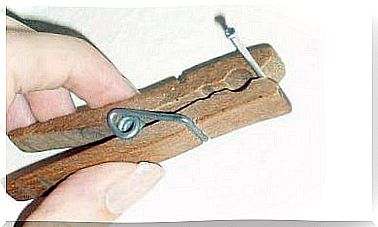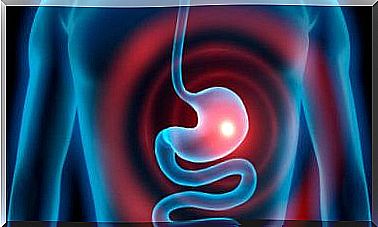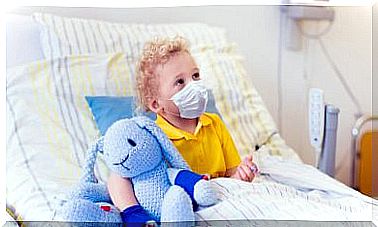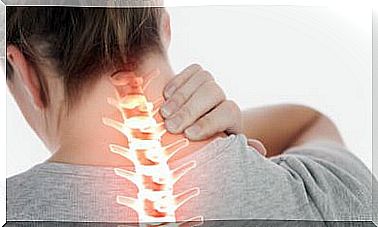Ticks As Disease Vector
There are animals that can transmit diseases to humans. For this reason, ticks must be taken into account as a vector of diseases. Well, their bites can get complicated to become serious.
The difficulty in ticks lies in their small size. This makes them difficult to identify and see. Today we will discover some of the diseases they transmit and what can cause a bite from this parasite.
Ticks as a vector of infectious diseases
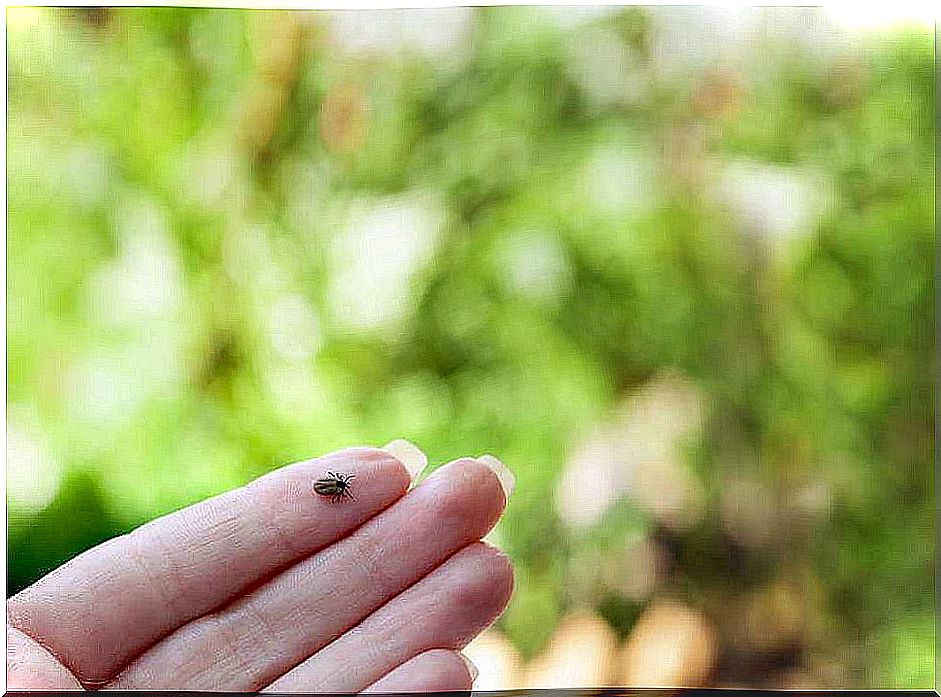
It is true that ticks as a disease vector are much more frequent in animals. However, they can also be the target of their bites prone to transmit infectious diseases.
Ticks transmit bacteria or viruses when they attach to the skin and begin to suck blood. His favorite places are the hair, the armpits and the groin.
Let’s see what kinds of diseases can infect us.
1. Lyme disease
This disease is the most common tick contagion. It causes fatigue, fever, headache and muscle pain, swollen lymph nodes, and a stiff neck. To detect this disease, we must pay attention to whether we have a rash on the skin such as a red welt that gets bigger and bigger.
What can happen if it is not treated? That the bacteria that cause this disease will spread throughout the body causing heart problems, shortness of breath, numbness and even paralysis in the face area.
2. Rocky Mountain Fever

Ticks as a vector for this fever transmit bacteria as in the previous case. Fever, nausea and vomiting, confusion, headache, and feeling weak are some of its symptoms.
Occasionally, a kind of rash may occur. However, it is not common and in many cases it is not present in the first days of infection.
It is important to go to the doctor quickly if we believe that a tick bite has caused this, since the outcome could be fatal. It could lead to meningitis, brain damage, clotting problems, pneumonitis, or shock.
3. Anaplasmosis
This type of disease presents with chills, nausea, abdominal pain, confusion, headache, myalgia, fever and chills. Sometimes it also causes gastrointestinal disturbances.
It is important that we know that this disease is serious. This means that if left untreated, it can lead to bleeding, kidney failure, and even neurological problems.
4. Tularemia

This is another of the diseases that ticks can transmit and that also cause several of the symptoms discovered before: fever, headache and muscle pain, respiratory distress …
However, in this case an unexplained weight loss can also occur. And the possible rash that occurs can grow to the point of becoming a sore. If it is not treated in time, it can cause pneumonia, osteomyelitis, pericarditis and even meningitis.
The importance of a quick diagnosis
Ticks can cause a lot of problems. Therefore, before any symptoms we must go to our doctor to find out whether or not we have been infected by a tick.
It is important to mention that there are many other diseases and that we have only mentioned some of the most important. In a 20 minute article (04/26/2017) it was stipulated that ticks transmit up to 50 different diseases.
Some of these other pathologies are named: Colorado tick fever, babesiosis, or ehrlichiosis. Names that, by themselves, convey very little confidence.
But how do you discover a tick bite? On many occasions this is very difficult. As we have mentioned, ticks are small and on many occasions we may not even know that we have them.
Prevention
The best we can do is prevent its spread. Avoid the areas where they live, use appropriate and effective repellants, use clothing and hats that protect our body well.
Although, if we suspect that we may be infected because we are in an area prone to ticks, the ideal would be to carefully check our bodies every day. This way we can detect a tick that has adhered to our skin and we have not detected it.
Let’s think that a tick bite can get complicated and cause us very serious problems, as we have been able to verify. It should be taken into account.
